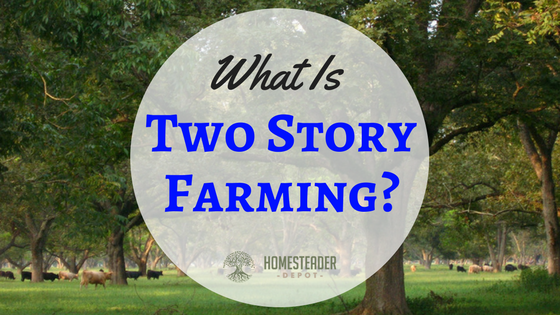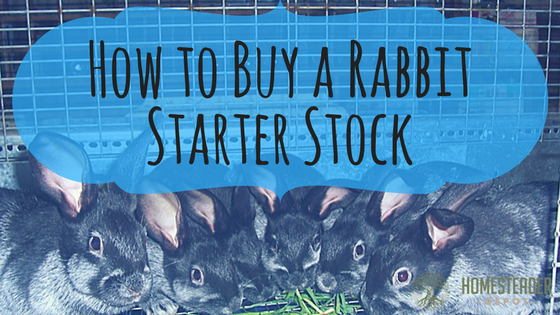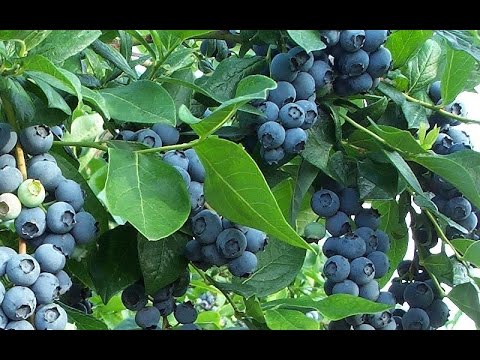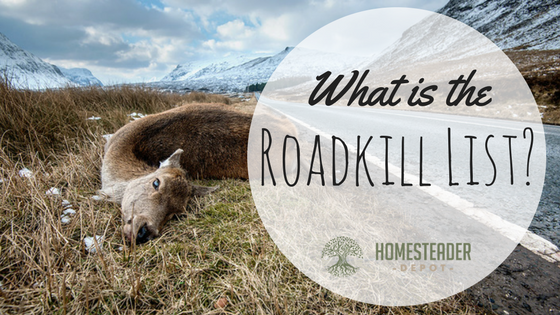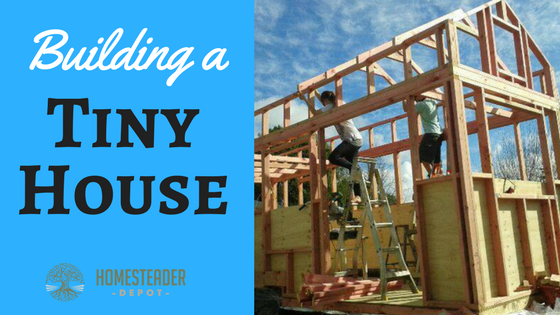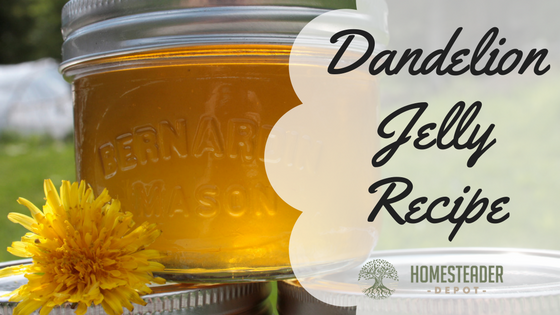What Is Two Story Farming?
Originally hailing from the Mediterranean, two story farming is a sustainable and efficient way to multitask on your farm or homestead. It is essentially what it sounds, farming on two “stories”. Only this isn’t in a structure, like the visions of modern urban farms of the future. Two story farming combines agriculture with raising livestock, … Read more

